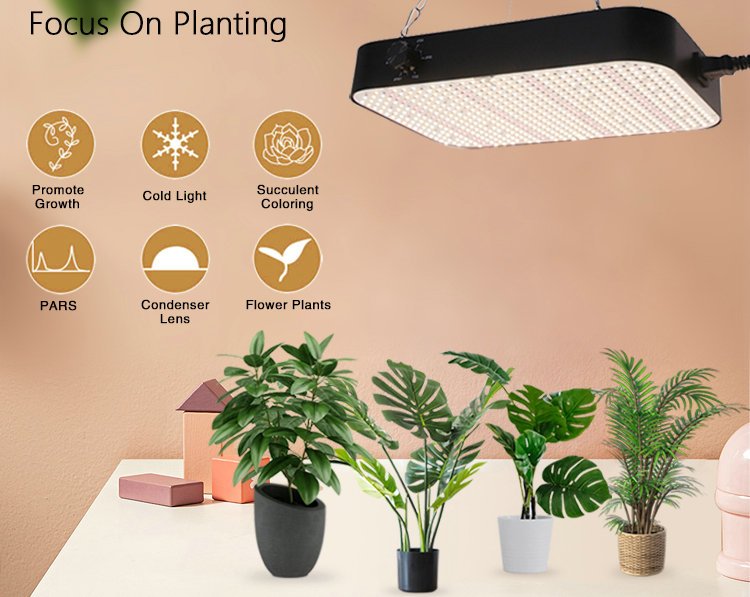Light is one of the most important factors for growing houseplants. All plants require light for photosynthesis, the process within a plant that converts light, oxygen and water into carbohydrates (energy).
Plants require this energy in order to grow, bloom and produce seed. Without adequate light, carbohydrates cannot be manufactured, the energy reserves are depleted and plants die.
Why use plant grow lights when growing indoors?
If you intend to grow plants indoors, one of the first troubles you may face is how you provide your plants with enough lights.
Of course, not anything can beat the natural sunlight when it comes to growing. However, technology has made it easy and viable with growing lights for an indoor garden. There are discernible benefits of choosing what kinds of lights, how much, and how long of lightning you expose to plants. In fact, grow lights have been used widely over the world either in hobbyists’ apartments or large-scale greenhouse farms.
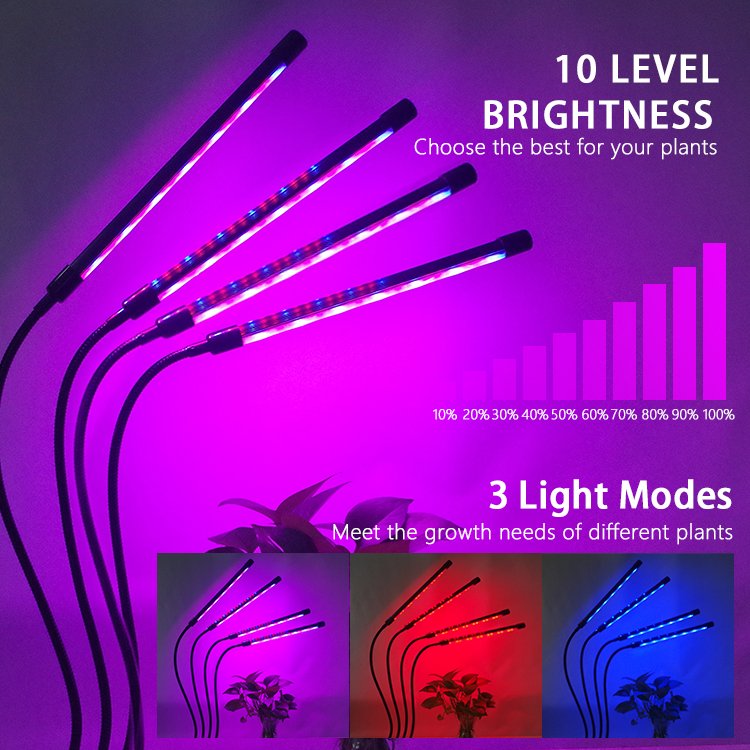

What is the plant growth light?
A grow light is an electric light to help plants grow. Grow lights either attempt to provide a light spectrum similar to that of the sun, or to provide a spectrum that is more tailored to the needs of the plants being cultivated. Outdoor conditions are mimicked with varying color, temperatures and spectral outputs from the grow light, as well as varying the intensity of the lamps. Depending on the type of plant being cultivated, the stage of cultivation (eg. the germination/vegetative phase or the flowering/fruiting phase), and the photoperiod required by the plants, specific ranges of spectrum, luminous efficacy and color temperature are desirable for use with specific plants and time periods.
What benefits can be obtained from plant grow lights?
The UV and IR rays as well as the heat from direct sunlight and other light source can be too hot for your plants. Have you ever noticed that with traditional lighting, your plants are liable to dry up easily and burn if left unattended to? This is why there is always the need to keep supplying such plants with more energy and water to keep it from dying. But with LED grow light, you can always adjust the heat to emit just the right amount of heat without the accompanying harmful wavelength. For example, for some plants you need exactly 1000W grow light and for some others 600W may be sufficient. What you end up with is a healthier plant that is getting the right energy and water. With LED grow lights, you have the freedom to determine if the light the plants get should be that of the day or night. This is a great way to maximize the rate at which your plants can grow. LED grow lights make it possible to have multiple harvests in one season with auto flowering plants. You will be able to alter or adjust how many times the plants can grow flowers so that your harvest will increase.
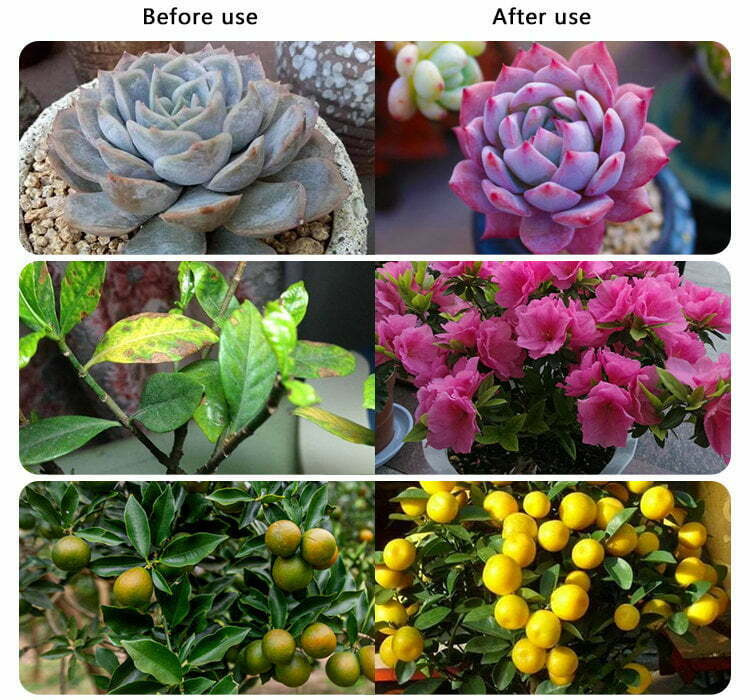

What type of plant grow lights are suitable for gardening?
There are various types of grow lights to consider, from panels to ones that hang overhead or screw into a regular light fixture. The type of plants you have, the amount of existing natural light, and where your plants are located will help you narrow down your choices. Hanging lights are typically larger, while desktop lights are smaller and easy to move around. If you want a complete system, consider a full garden kit that includes the planter with a built-in light.
Here we recommend an LED plant grow light. This LED Grow Light has four flexible gooseneck arms and four light heads—but the rotatable necks aren’t the only thing that’s adjustable on this lamp. It has three light modes (red, blue, and a red/blue combo) and 11 dimmable settings. The smart timer allows you to set it to turn off after a certain amount of hours and then turn on at the same time the next day for a 24-hour cycle.
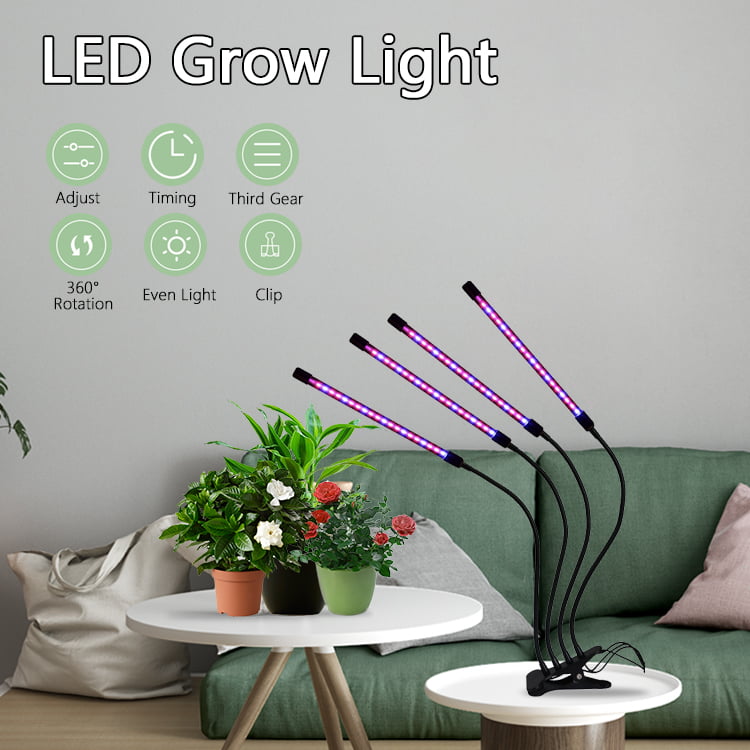

How Much Lightning is Needed?
Wattage is still a factor worth considering. The output of wattage will vary dependent on the light source. Once you’ve decided which kind of plant grow light you want, it’s time to decide how big a bulb you need for the space you have. First, determine how much space you need to illuminate. As a rule of thumb, aim for 20 to 40 watts per square foot. Divide the wattage of your bulb by 20 (such as 400 watts divided by 20 = 20), and then divide the wattage of your bulb by 40 (400 divided by 40 = 10). However, room set up, growing style, reflector, surrounding environment may also affect the lighting needed. So be sure to observe plants’ growth and adjust the light power respectively.
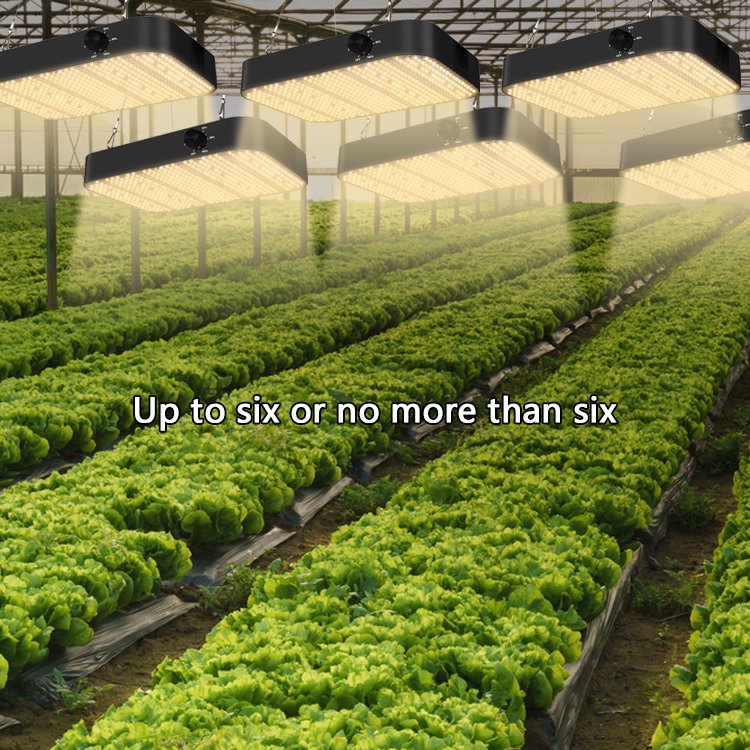

How close should LED grow lights be to plants?
Though it depends on the wattage and light wavelengths, you can safely place them 6 inches above your plants because of the little heat of LED lights. This close proximity allows the most light to reach your plants. In comparison, fluorescent bulbs should be at least 12 inches away, and incandescent bulbs should be at least 24 inches away.

